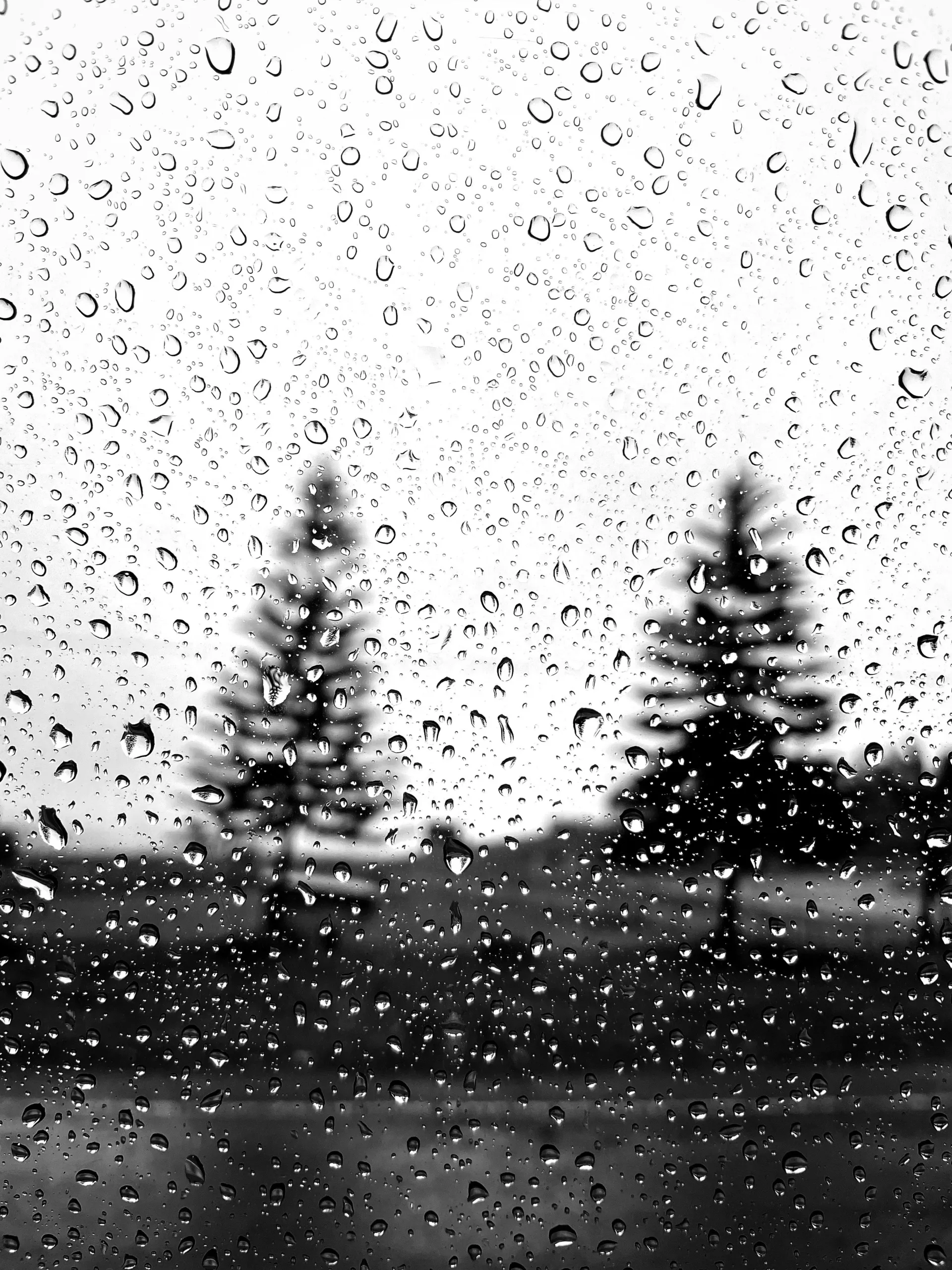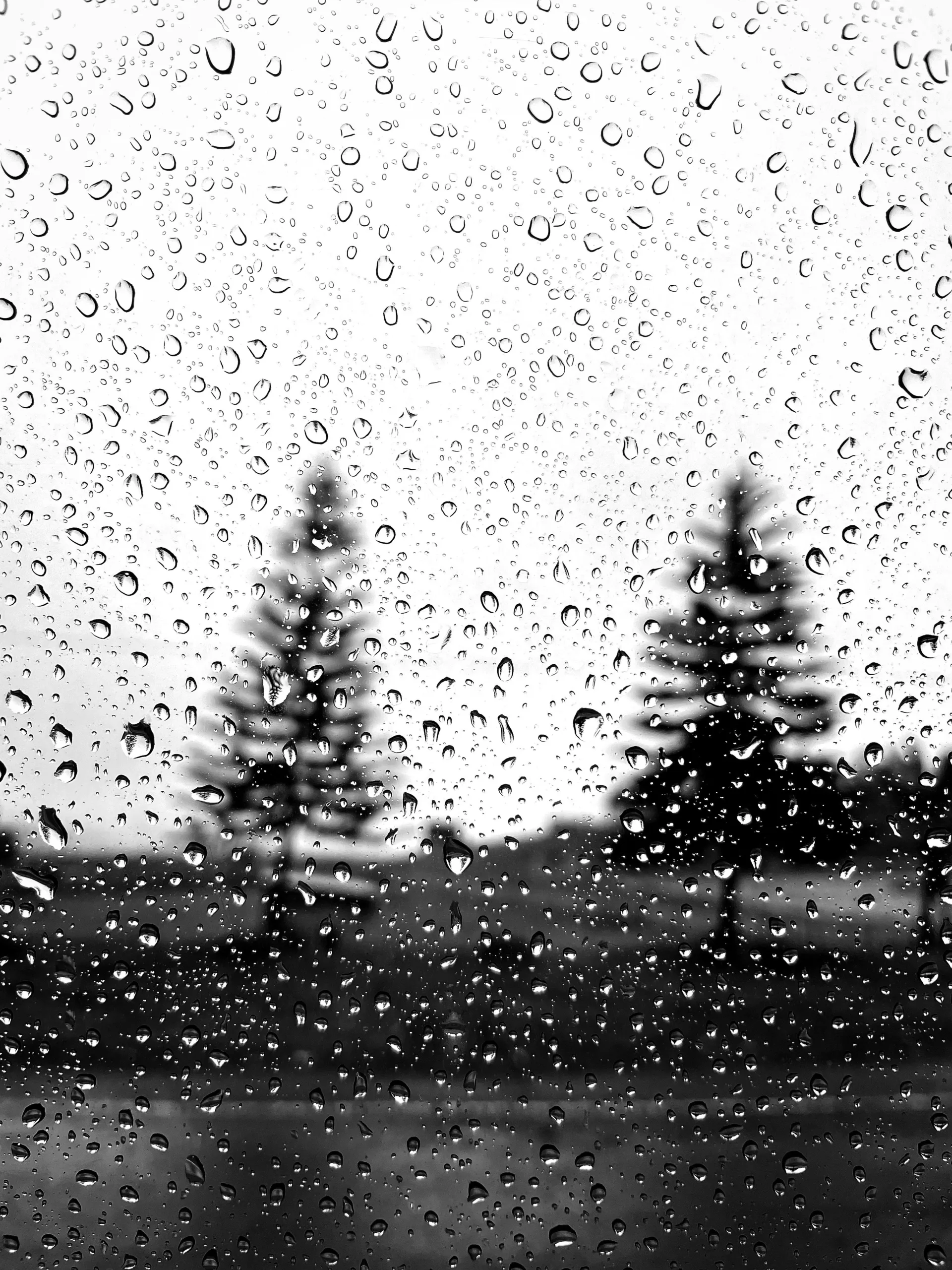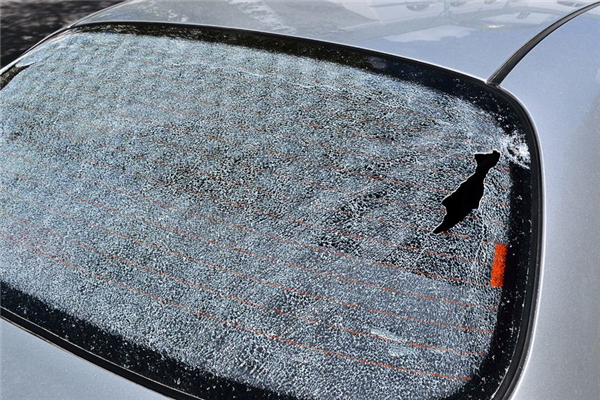Introduction
Car windows are an essential component of any vehicle, providing visibility, protection, and structural integrity. Over the years, car window materials have evolved, offering various types with different properties and benefits. In this article, we will explore the materials used in car windows and discuss their types and characteristics.
Glass
Glass is the most common material used in car windows due to its durability, transparency, and ability to withstand extreme temperatures. It is made by heating a mixture of silica, soda ash, and limestone to high temperatures, which then fuses into a solid material.
There are two main types of glass used in car windows:
Laminated Glass
Laminated glass consists of two layers of glass with a layer of polyvinyl butyral (PVB) sandwiched between them. This PVB layer acts as a bonding agent, holding the glass layers together. In the event of an impact, the glass may crack, but it remains held together by the PVB layer, reducing the risk of shattering and minimizing the potential for injury from flying glass shards.
Laminated glass also provides sound insulation and helps block harmful UV rays, protecting the car’s interior and occupants from excessive heat and fading of upholstery.
Tempered Glass
Tempered glass, also known as toughened glass, is made by subjecting the glass to a process of rapid heating and cooling, which increases its strength. Tempered glass is much stronger than regular glass and shatters into small, granular pieces when broken, reducing the risk of injury from sharp edges.
Tempered glass is commonly used in car side and rear windows. In the event of an impact, tempered glass breaks into small, dull pieces, minimizing the risk of serious injury to occupants.
Polycarbonate
Polycarbonate is a lightweight and impact-resistant material that is increasingly being used in car windows. It is a type of thermoplastic polymer that offers excellent clarity and strength, making it a suitable alternative to glass.
Polycarbonate windows are commonly used in racing cars and high-performance vehicles due to their ability to withstand high-speed impacts and extreme conditions. They are also used in convertible cars, where flexibility is required for the folding and unfolding of the windows.
Acrylic
Acrylic, also known as Plexiglas or Perspex, is another type of transparent thermoplastic material used in car windows. It is lightweight, impact-resistant, and offers good optical clarity.
Acrylic windows are commonly used in aftermarket applications, such as window replacements for older vehicles. They are also used in certain specialty vehicles where weight reduction is crucial, such as electric cars.
Conclusion
Car windows are made from a variety of materials, each with its own set of properties and benefits. Glass, including laminated and tempered glass, remains the most commonly used material due to its durability and transparency. However, materials like polycarbonate and acrylic offer alternative options with their lightweight and impact-resistant characteristics. The choice of car window material depends on factors such as safety requirements, performance needs, and cost considerations.
It is important to note that the specific materials used in car windows may vary depending on the manufacturer and the type of vehicle. Consulting the vehicle’s specifications or seeking professional advice is recommended when considering any modifications or replacements.




